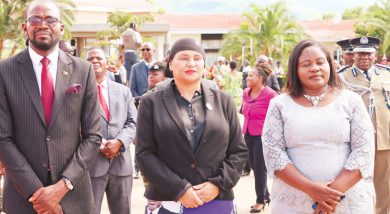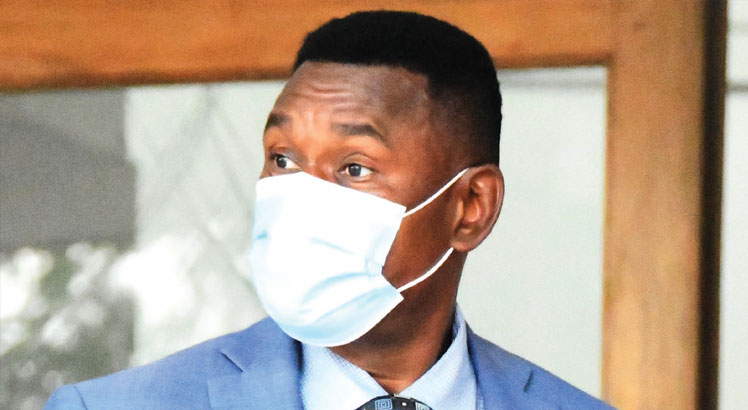Livestock prices tumble—Research
A recent research has shown that floods and dry spells that have occurred in the country in recent years have not only constrained crop output, but also adversely affected the livestock sector.
Despite a rise in prices of animal feeds, research by Lilongwe University of Agriculture and Natural Resources (Luanar) shows that market prices of livestock tumbled drastically between January and February 2016, a period when the research was done.
The research is in tandem with Business News spot-check conducted in January this year, which shows that prices of goats dropped by about 19 percent from K8 000 (about $11) in January 2015 to K6 500 each in January this year in some parts of Chikwawa, Phalombe, Salima, Balaka and Rumphi districts.
During the same period, prices of cattle also dropped by 20 percent from K100 000 (about $143) to K80 000 (about $114), according to our findings.
A livestock farmer from Mdeka in Blantyre, Josephy Mwasiya, confirmed this week that prices of livestock have dropped.
“Life has been hard for livestock farmers because despite soaring prices of animal feeds, prices of animals keep on dropping. Butchers and other businesspeople are offering low prices, taking advantage of our desperation to get money to buy maize,” he said.
Mwasiya raises goats, pigs and cattle.
Luanar conducted the research in 10 districts of the country to find out the impact of El Nino on smallholder farmers.
Luanar principal investigator David Mkwambisi said the double tragedy, resulting from floods and dry spell in the 2014/15 agriculture season, drastically reduced food production among farming households, forcing most of them to sell their assets such as livestock at low prices to buy food and pay school fees for their children.
He said: “Although some households were forced to sell their assets, including livestock, market prices were low to meaningfully help them to buy enough food for their families, let alone support school children.
“Some children were, in fact, forced to stay away from school as they were helping their parents and guardians to look for food.”
The research, supported by the Government of Norway through Capacity Building for Managing Climate Change (Cabmacc), was done in Mzimba and Rumphi in the North; Dedza, Nkhotakota, Mchinji and Salima districts in the Centre and Balaka, Chikwawa, Machinga and Phalombe in the South.
The research suggests adequate investment in irrigation, dissemination of agricultural information complete with hints on weather patterns from the Department of Climate Change and Metrological Services as some of the solutions to challenges posed by El Nino in the 2015/16 season.





